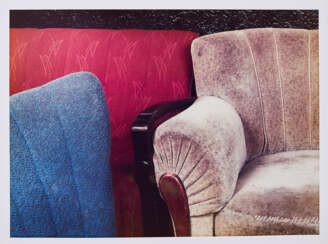j. bell





Ferdinand Kobell was a German painter of the second half of the eighteenth century. He is known as a painter, graphic artist, printmaker and landscape painter.
Kobell painted landscapes inspired by the style of Nicholas Berchem. His oil paintings are in many German galleries, but he was much more skillful, according to critics, in conveying the states of nature with an engraving needle. Kobbel is considered a master of landscape etchings, which are recognized as some of the best of the 18th century.
Kobell had seven children, including Wilhelm von Kobell, who also became a landscape, animalist and battle painter.









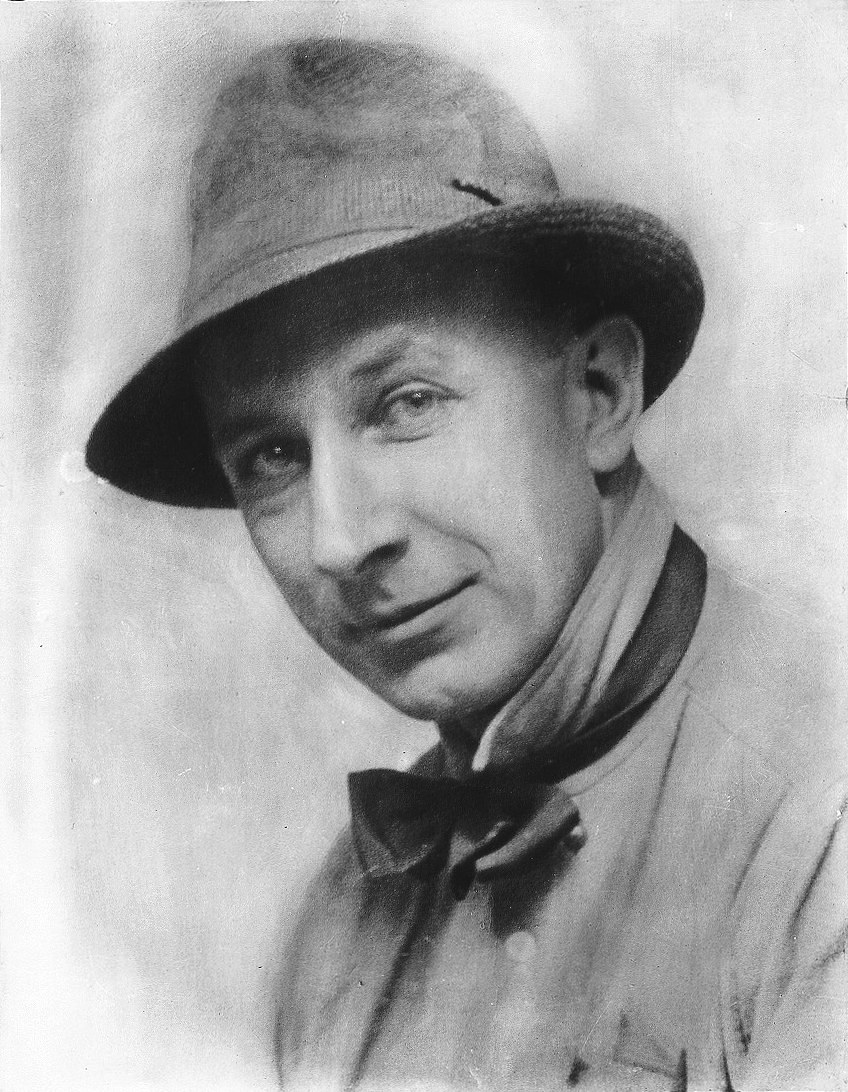
George Wesley Bellows was an American realist painter, renowned for his vivid portrayals of urban life in New York City. Born on August 12, 1882, in Columbus, Ohio, Bellows moved to New York in 1904, where he became a central figure in the Ashcan School of painting. This group was known for its realistic and often gritty depictions of everyday city life. Bellows captured dynamic scenes ranging from boxing matches to bustling street views, applying vigorous brushwork that conveyed movement and emotion.
One of Bellows' most celebrated series was his boxing paintings like "Stag at Sharkey’s," which encapsulate the raw, dynamic energy of illegal prizefights in early 20th-century New York. Beyond the ring, his works such as "New York" and "Pennsylvania Excavation" reflected the rapid transformations of urban landscapes. His adaptation of lithography also marked a significant contribution to American art, offering a new medium for expressive possibilities.
Bellows' art is preserved in major institutions such as the Metropolitan Museum of Art and the Museum of Modern Art in New York. His ability to depict the vibrancy and complexity of urban life makes his work a valuable part of American art history.
For updates on exhibitions and available works of George Wesley Bellows, consider subscribing to our newsletter. This subscription will keep you informed about new sales and auction events specifically related to Bellows' art.


Bernardo Bellotto was an Italian painter, celebrated for his urban landscapes and detailed vedute, particularly of European cities like Dresden, Vienna, and Warsaw. He was born in Venice in 1722 and exhibited prodigious talent from a young age. Under the tutelage of his uncle, the renowned Canaletto, Bellotto honed his skills in capturing the essence of cityscapes with a unique style characterized by a cooler palette and a distinct use of impasto, especially in depicting skies and horizon lines.
In 1747, Bernardo Bellotto's career took him to Dresden, where he served as Court Painter to Augustus III of Poland and Elector of Saxony. His stay in Dresden was marked by the creation of panoramic views, highlighting his knack for architectural detail and the interplay of light and shadow. Following his tenure in Dresden, Bellotto spent the last 16 years of his life in Warsaw, where his works played a significant role in the city's post-World War II reconstruction.
Bernardo Bellotto's works are lauded for their precision and the manner in which they blend his Venetian roots with influences from Dutch landscape painting. His later works in Warsaw, characterized by their vibrant color palette and historical themes, underscore his evolution as an artist. Today, Bellotto's paintings are celebrated for their historical value and artistic merit, housed in prestigious collections in cities like Dresden and Warsaw.
For those interested in exploring the fascinating world of Bellotto's art and its impact on European cultural heritage, signing up for updates on new product sales and auction events related to Bernardo Bellotto is an excellent way to stay informed.


Hans Bellmer was a German graphic artist, sculptor, photographic artist, illustrator, and writer who spent most of his life in France.
In the 1930s Bellmer began working on the eroticized image of the deformed doll, contrasting it with the aesthetics of the "classical" body in Hitler's Germany. His graphic and literary explorations focus on the dismemberment and liberation of bodies. Bellmer's surrealist works are violent and provocative: they include puppet sculptures composed of the bodies of nude models, photographs, and prints.
In 1934, 18 photographs of dolls were published in the Parisian surrealist magazine Minotaur, and the Nazi regime declared Bellmer's art degenerate. In 1938, Bellmer emigrated to France.
After the end of the war, the artist continued his work, adding poetry to painting. He also authored illustrations for many works, particularly on erotic themes.


Hans Bellmer was a German graphic artist, sculptor, photographic artist, illustrator, and writer who spent most of his life in France.
In the 1930s Bellmer began working on the eroticized image of the deformed doll, contrasting it with the aesthetics of the "classical" body in Hitler's Germany. His graphic and literary explorations focus on the dismemberment and liberation of bodies. Bellmer's surrealist works are violent and provocative: they include puppet sculptures composed of the bodies of nude models, photographs, and prints.
In 1934, 18 photographs of dolls were published in the Parisian surrealist magazine Minotaur, and the Nazi regime declared Bellmer's art degenerate. In 1938, Bellmer emigrated to France.
After the end of the war, the artist continued his work, adding poetry to painting. He also authored illustrations for many works, particularly on erotic themes.
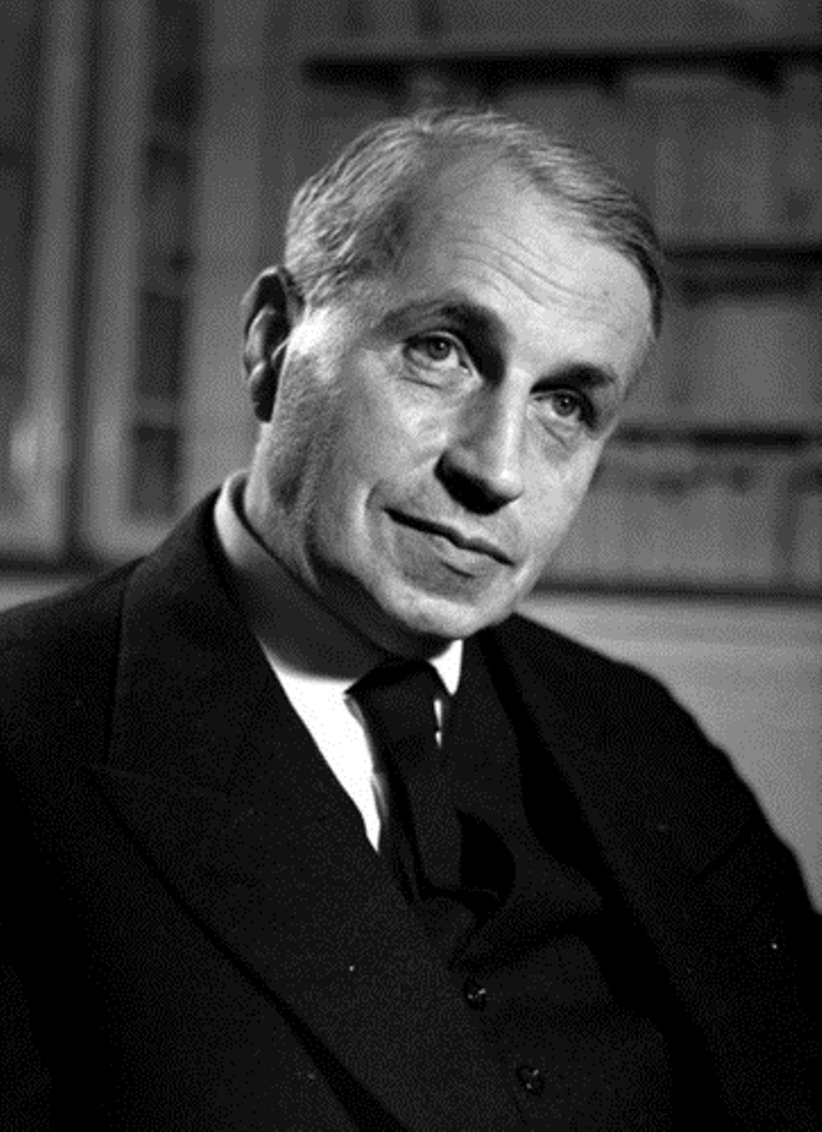


George Wesley Bellows was an American realist painter, renowned for his vivid portrayals of urban life in New York City. Born on August 12, 1882, in Columbus, Ohio, Bellows moved to New York in 1904, where he became a central figure in the Ashcan School of painting. This group was known for its realistic and often gritty depictions of everyday city life. Bellows captured dynamic scenes ranging from boxing matches to bustling street views, applying vigorous brushwork that conveyed movement and emotion.
One of Bellows' most celebrated series was his boxing paintings like "Stag at Sharkey’s," which encapsulate the raw, dynamic energy of illegal prizefights in early 20th-century New York. Beyond the ring, his works such as "New York" and "Pennsylvania Excavation" reflected the rapid transformations of urban landscapes. His adaptation of lithography also marked a significant contribution to American art, offering a new medium for expressive possibilities.
Bellows' art is preserved in major institutions such as the Metropolitan Museum of Art and the Museum of Modern Art in New York. His ability to depict the vibrancy and complexity of urban life makes his work a valuable part of American art history.
For updates on exhibitions and available works of George Wesley Bellows, consider subscribing to our newsletter. This subscription will keep you informed about new sales and auction events specifically related to Bellows' art.


George Wesley Bellows was an American realist painter, renowned for his vivid portrayals of urban life in New York City. Born on August 12, 1882, in Columbus, Ohio, Bellows moved to New York in 1904, where he became a central figure in the Ashcan School of painting. This group was known for its realistic and often gritty depictions of everyday city life. Bellows captured dynamic scenes ranging from boxing matches to bustling street views, applying vigorous brushwork that conveyed movement and emotion.
One of Bellows' most celebrated series was his boxing paintings like "Stag at Sharkey’s," which encapsulate the raw, dynamic energy of illegal prizefights in early 20th-century New York. Beyond the ring, his works such as "New York" and "Pennsylvania Excavation" reflected the rapid transformations of urban landscapes. His adaptation of lithography also marked a significant contribution to American art, offering a new medium for expressive possibilities.
Bellows' art is preserved in major institutions such as the Metropolitan Museum of Art and the Museum of Modern Art in New York. His ability to depict the vibrancy and complexity of urban life makes his work a valuable part of American art history.
For updates on exhibitions and available works of George Wesley Bellows, consider subscribing to our newsletter. This subscription will keep you informed about new sales and auction events specifically related to Bellows' art.


Jürgen Brodwolf was a Swiss sculptor and objectivist artist.


Bele Bachem (real name Renate Gabriele Bachem) was a German painter, graphic designer, book illustrator, interior designer and writer. In 1997 Bachem was awarded the Order of Merit of the Federal Republic of Germany.
Bachem is considered one of the most important post-war German artists and one of the few surrealists in the illustration of German literature.


Jörg Sasse is a German photographer and visual artist. He is considered a representative of the Düsseldorf School of Photography.. His work uses found images that are scanned, pixelated and manipulated. In 2003 Sasse won the Cologne Fine Art Award and in 2005 was shortlisted for the Deutsche Börse Photography Foundation Prize. His work is held in the collections of the Belvedere, Fotomuseum Winterthur, Solomon R. Guggenheim Museum and the Städel.


Jörg Sasse is a German photographer and visual artist. He is considered a representative of the Düsseldorf School of Photography.. His work uses found images that are scanned, pixelated and manipulated. In 2003 Sasse won the Cologne Fine Art Award and in 2005 was shortlisted for the Deutsche Börse Photography Foundation Prize. His work is held in the collections of the Belvedere, Fotomuseum Winterthur, Solomon R. Guggenheim Museum and the Städel.



















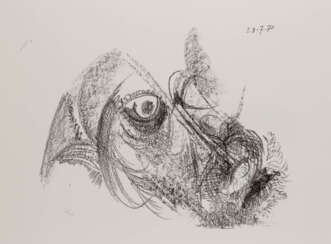


















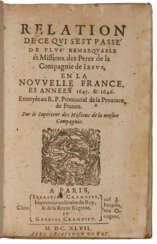









![[BELLMER, Hans]](/assets/image/picture_2426809/0cb6e/ac47ac84a03ad016cffae8bbe892b9a2jpg__fix_374_244.jpeg)
![[BELLMER, Hans]](https://veryimportantlot.com/assets/image/picture_2426809/0cb6e/ac47ac84a03ad016cffae8bbe892b9a2jpg__fix_374_244.jpeg)



















